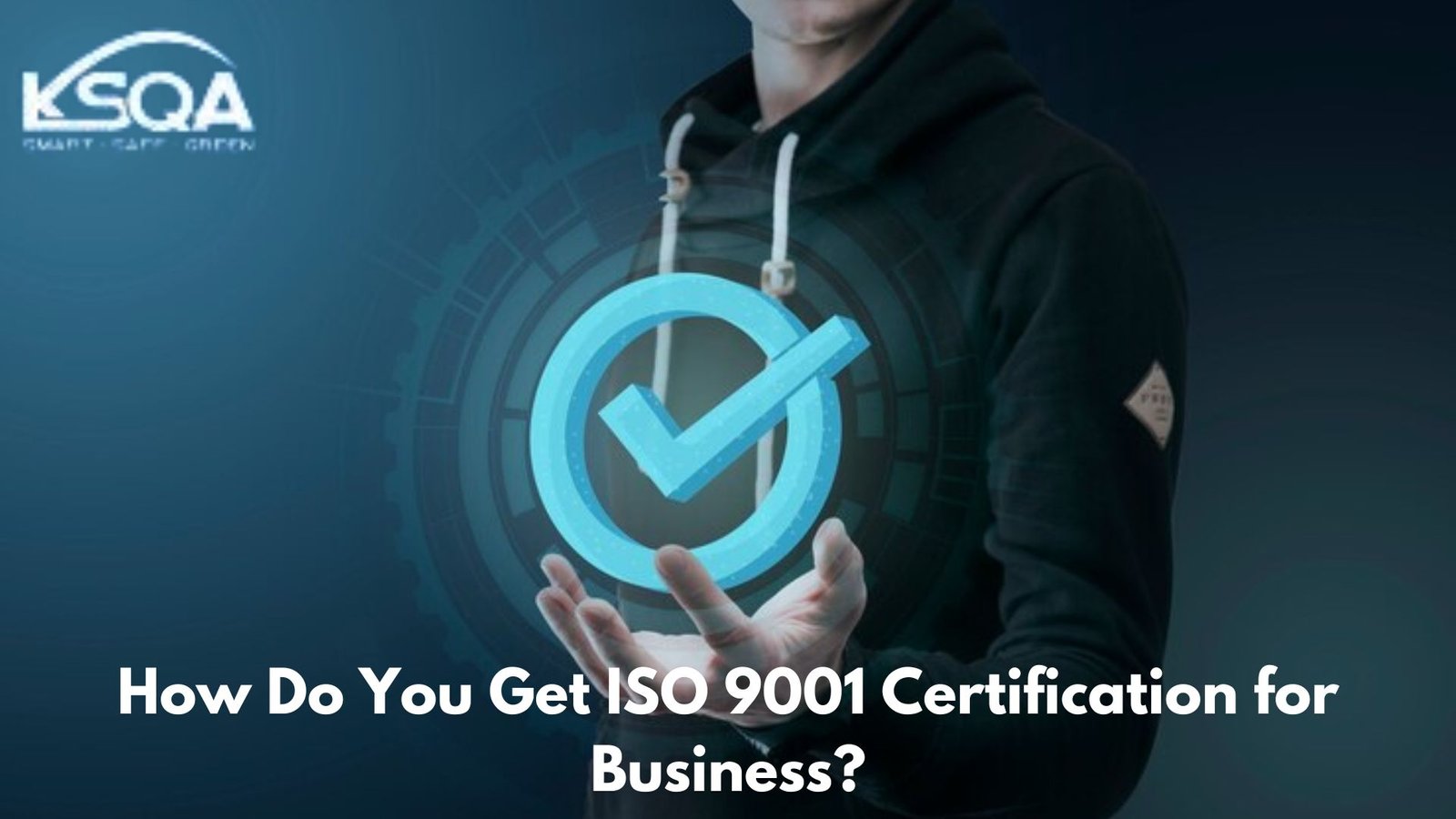Quality management is essential across all industries, but its importance is especially evident in aviation, space, and defense (ASD). QMS assists businesses in fulfilling the need to consistently ensure safety and work on fraudulent components. Not only this but it also helps businesses to follow the strict regulations.
After all, businesses can ensure consistent quality and lower risks by following the standards of the aerospace industry’s specialized quality management standard, AS9100.
In this blog, we will discuss the implementation guide of AS9100 with the help of an AS9100 consultant.
Learn about the requirements.
The first step in the process after deciding to obtain AS9100 certification is to educate yourself on the standard and its criteria with the help of an AS9100 consultant. Start by obtaining a copy of the standard and any supporting documents you may need. You may also want to obtain a copy of ISO 9001.
Take some time to become familiar with the appropriate standards and supporting papers once you obtain copies, as doing so will make the changeover process easier.
You can become familiar with the requirements of AS9100 with the help of an AS9100 consultant and where your organization stands in relation to meeting them by reading the standards documents themselves.
You can learn about the audit and certification processes by studying them or using AS9100 consulting services. You should also start investigating the methods that various businesses employ for auditing.
Perform a gap analysis.
A gap analysis is a crucial step in the procedure. Comparing your company’s current processes to those demanded by the standard to which you’re seeking certification is known as a “gap analysis,” or “pre-audit.
This analysis supports your implementation plan by highlighting the gaps between your company’s current and certification-required states. Your implementation procedure may be more involved if you find more or broader gaps.
According to the AS9100 consulting service, the implementation process could be more straightforward if the gaps were few and small.
The AS9100 consultant performing a gap analysis will typically do the following:
- Compare your current quality management system to the requirements of the standard.
- Document where your system complies and does not comply with the standard’s requirements.
- Discuss with management what to include in the project plan based on the gap analysis results.
Create an implementation plan.
The next stage is to use the findings of your gap analysis to begin developing your plan for implementing AS9100 in your company. This strategy will help AS9100 consultants in outline how to put AS9100 into practice and should include precise, measurable objectives and achievable timelines.
Your quality manual and procedures will be designed and documented as you create your plan. Examining your current procedures and reworking them as necessary to bring them into compliance with AS9100 is a big part of finishing this. You must set up procedures for regulating these procedures, including documentation.
You should also check the highlighted AS9100 items to ensure they are in your strategy. A structured and complete plan, identifying the data required for appropriate procedures, designing review authorization, and controlling test processes are some of the areas that the AS9100 consultant focuses on.
For complete AS9100 compliance, every task that needs to be completed must be described in detail in your implementation strategy. You should include the appropriate AS9100 section, the necessary paperwork, the team member or individuals in charge, any required permissions, any necessary training, any necessary resources, and the anticipated completion date for each assignment.
Along with the advantages, your plan should address the expenses of certification and implementation. You can use this information to budget for costs, defend expenditures, and gain support from management and staff.
Design documentation.
A crucial component of implementing AS9100 is controlling procedures through documentation. You must record your processes as quality system procedures once you have created or altered them to meet the standard.
Your paperwork will enable you to verify compliance while assisting in directing your processes. As long as your documentation complies with the standards, you can customize it to match your firm’s particular needs.
Starting with the very minimum needed for documentation can be helpful. Incorporate your documentation into your implementation strategy and create more as necessary.
Train your employees.
You must ensure that all employees are educated about the decision to implement AS9100, how it will affect them, and what the implementation process will entail for it to go smoothly.
Also, it’s crucial to inform staff members of the advantages of AS9100 certification since this can foster buy-in.
All workers who will assist in putting the standard into practice and enabling compliance with it should get the training they require to do their jobs. Before starting the implementation process, ensure staff has enough time to finish training with AS9100 consultants.
Implement your plan.
The next stage is to put your plan into action. The AS9100 implementation procedure will differ from business to business depending on the gaps found by the AS9100 consultant during the gap analysis and the tasks included in the implementation plan. Operate your quality management system as per your plan for a few months, and pay close attention to the procedure.
If issues arise during implementation or you identify potential improvements, make adjustments as necessary. Thoroughly document all changes made and ensure that all relevant employees are informed.
AS9100 consultants do initial audits to find room for improvement and to assist with certification preparation. They also help create a preliminary AS9100 audit checklist and use it to assess the parts of your system where it is doing well and where it needs improvement.
Verify that your procedures adhere to AS9100 standards. Keep track of the findings from your initial audits and use them to inform any necessary revisions.
Choose a certification body
After establishing your quality management system and doing your first audits, you can start researching third-party certification organizations (CB). Investigate each certifying body’s credentials and experience, then assess what they offer.
Choose a company with the right accreditation, is knowledgeable about AS9100 certification, and intends to assist you in improving your organization through audits.
The value you receive from the audit and certification process will be increased if you select a certifying body with these characteristics. During this procedure, ensure good communication with an excellently reputed AS9100 consulting service.
Audit and certify
You are now prepared to start the process of third-party audits and certification. This process ensures that you meet the requirements of the standard. You can become certified to AS9100 if you complete the necessary audits. You must complete an application form with the CB you have chosen after making your choice.
Maintain your certification
To keep your certification, you must pass a surveillance audit every year and a recertification audit every three years. Throughout the three-year certification cycle and surveillance audits, ensure that your firm continues to adhere to your selected criteria.
You must demonstrate during surveillance audits that your system has been getting regular upgrades. Your organization’s size and organizational structure, the risk and complexity of your operations, the number of standards covered by your certification, and the number of sites covered by the certification will all affect how long your surveillance audits last.
That’s all.
KSQA does NOT offer AS9100 Consulting Services by our team of experts but can provide references to Consultants that can offer AS9100 Consulting Services.





.jpg)